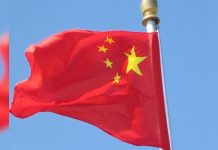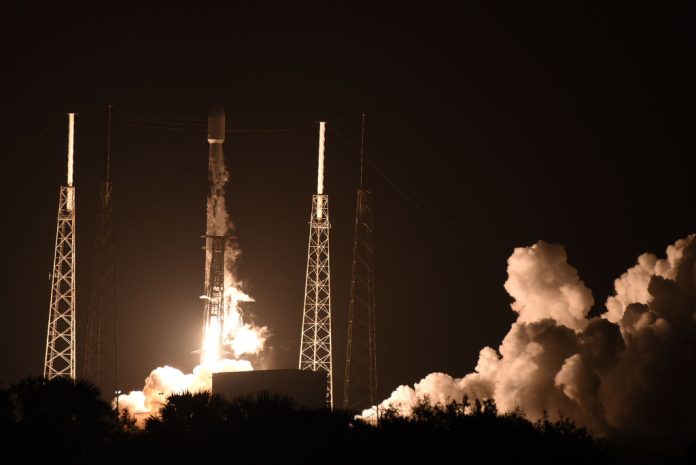Japanese company ispace said it has not been able to establish communication with its uncrewed moon lander following its lunar touchdown attempt on Friday, two years after its failed inaugural mission.
Tokyo-based ispace has hoped to join U.S. firms Intuitive Machines and Firefly Aerospace, which have accomplished commercial landings amid an intensifying global race for the moon that includes state-run missions from China and India.
Resilience, ispace’s second lunar lander, targeted Mare Frigoris, a basaltic plain about 900 km (560 miles) from the moon’s north pole.
The company’s live-streamed flight data showed Resilience’s altitude suddenly falling to zero shortly before the planned touchdown time of 4:17 a.m. on Friday, Japanese time (1917 GMT on Thursday) following an hour-long descent from lunar orbit.
“We haven’t been able to confirm” communication, and control centre members will “continuously attempt to communicate with the lander,” the company said in the broadcast. Footage from the control room showed nervous faces of ispace engineers.
A room of more than 500 ispace employees, shareholders, sponsors and government officials abruptly grew silent during a public viewing event at mission partner Sumitomo Mitsui Banking Corp in the wee hours in Tokyo.
The status of Resilience remains unclear, and ispace CEO Takeshi Hakamada will hold a press conference about the outcome of the mission at 9 a.m. (0000 GMT), the company said.
In 2023, ispace’s first lander crashed into the moon’s surface due to inaccurate recognition of its altitude. Software remedies have been implemented, while the hardware design is mostly unchanged in Resilience, the company has said.
Resilience carried a four-wheeled rover built by ispace’s Luxembourg subsidiary and five external payloads worth a total of $16 million, including scientific instruments from Japanese firms and a Taiwanese university.
Following the landing, the 2.3-metre-high lander and the microwave-sized rover were scheduled to begin 14-day exploration activities until the arrival of a freezing-cold lunar night, including capturing images of regolith, the moon’s fine-grained surface material, on a contract with U.S. space agency NASA.
Shares of ispace more than doubled earlier this year on growing investor hopes for the second mission, before calming in recent days. As of Thursday, ispace had a market capitalisation of more than 110 billion yen ($766 million).
Resilience in January shared a SpaceX rocket launch with Firefly’s Blue Ghost lander, which took a faster trajectory to the moon and touched down successfully in March.
Intuitive Machines, which last year marked the world’s first touchdown of a commercial lunar lander, made its second attempt in March but the lander Athena ended on its side on the lunar surface just as in the first mission.
Japan last year became the world’s fifth country to achieve a soft lunar landing after the former Soviet Union, the U.S., China and India, when the national Japan Aerospace Exploration Agency achieved the touchdown of its SLIM lander, yet also in a toppled position.
Despite President Donald Trump’s proposed changes to the U.S. space policy, Japan remains committed to the American-led Artemis moon program, pledging the involvement of Japanese astronauts and technologies for future lunar missions.
Including one in 2027 as part of NASA’s Commercial Lunar Payload Services for the Artemis program, ispace plans seven more missions in the U.S. and Japan through 2029 to capture increasing demands for lunar transportation.









































